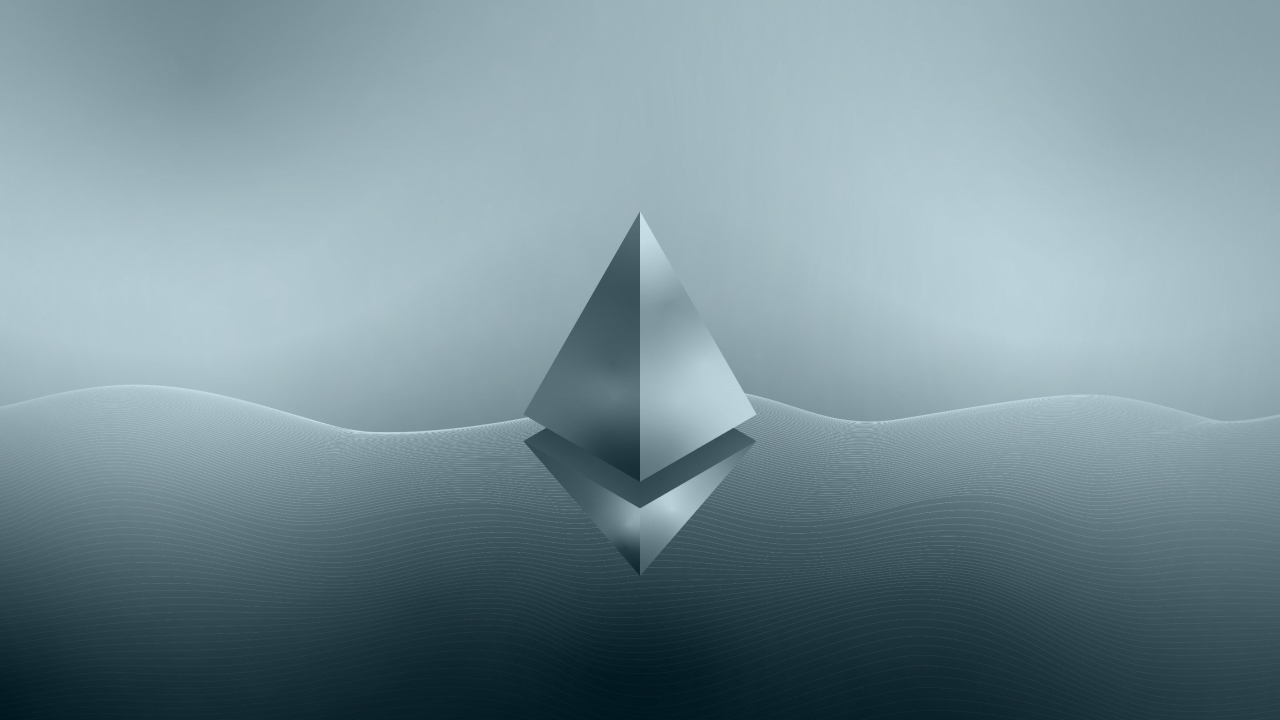The Ethereum merge, completed in September, transitioned the blockchain’s consensus mechanism from an energy-intensive proof-of-work (POW) to a proof-of-stake (POS) protocol. This has reduced energy consumption by more than 99.9%.1
For institutions, sustainability is a primary consideration when making investment decisions, as can be seen in the 5,000 signatories of the UN-backed Principles for Responsible Investment, including asset managers, pension funds, and banks.2
Sustainable investments are also a focus for individual investors: 53% of investors overall and 59% of millennials invest in companies or funds that have a strong profile of positive social or environmental impact.3 The improvement in Ethereum’s energy use enables it to act as a bellwether for broader investment into digital assets.
How Does ETH Proof-of-Stake Reduce Energy Consumption?
Proof-of-work protocols use computationally-intensive, and therefore energy-intensive, methods to validate and secure transactions. The cost of the energy and computer hardware required to gain control of 51% of the network, necessary for a hostile participant to have fraudulent transactions approved as valid, provides a preventative control.
With proof-of-stake, participants stake (pledge) 32 ETH, equivalent to around USD 41,0004 to become a validator. Validators are chosen at random to create a block of transactions or to verify (attest) blocks they do not create. They are rewarded for both. Since each node only validates a specified set of transactions, rather validating all new blocks under POW, the energy use is significantly reduced.
The staked ETH and rewards for validating and attesting are incentives for good behaviour. For bad behaviour, including collusion in attesting to malicious blocks or failing to validate when required, part or all of the staked ETH may be forfeited.
Institutional-grade Change
The Merge represents more than just a reduction in energy use and an improvement in the sustainability of the network. It also demonstrates that a decentralised blockchain community can come together to successfully implement change with the reliability and rigour expected of institutional-grade financial market infrastructure.
Unlike the traditional financial system, Ethereum does not have a central issuer or controlling body. Instead, it has a community which includes core protocol developers, validators/miners, application developers, market participants (exchanges, brokerages, and custodians), and holders of Ethereum.
The Merge has taken many years and the fact the final stage was implemented on a live global 24/7 network, which processes more than a million transactions per day5, without taking it offline is a significant achievement. The Merge has been likened by some to changing the engines of an aircraft, mid-flight. While time is needed to fully measure the outcomes, so far it is a success.
Looking to the future, it is time for the blockchain community more broadly to continue to do their part in improving the sustainability of digital assets, their energy use, and their energy sources, and for the Ethereum community to respond to other network challenges such as scalability or transaction costs.
- https://digiconomist.net/ethereum-energy-consumption (8 November 2022)
- https://www.unpri.org/annual-report-2021/how-we-work/more/new-and-former-signatories, https://www.unpri.org/searchresults?qkeyword=¶metrics=WVSECTIONCODE%7c1018
- Morgan Stanley (2021) study of 800 US investors and 203 millennial investors with minimum investible assets of USD100,000 https://www.morganstanley.com/assets/pdfs/2021-Sustainable_Signals_Individual_Investor.pdf
- messari.io: 1.4million on (12 September 2022)
- messari.io: USD 1,270 (13 October 2022)





